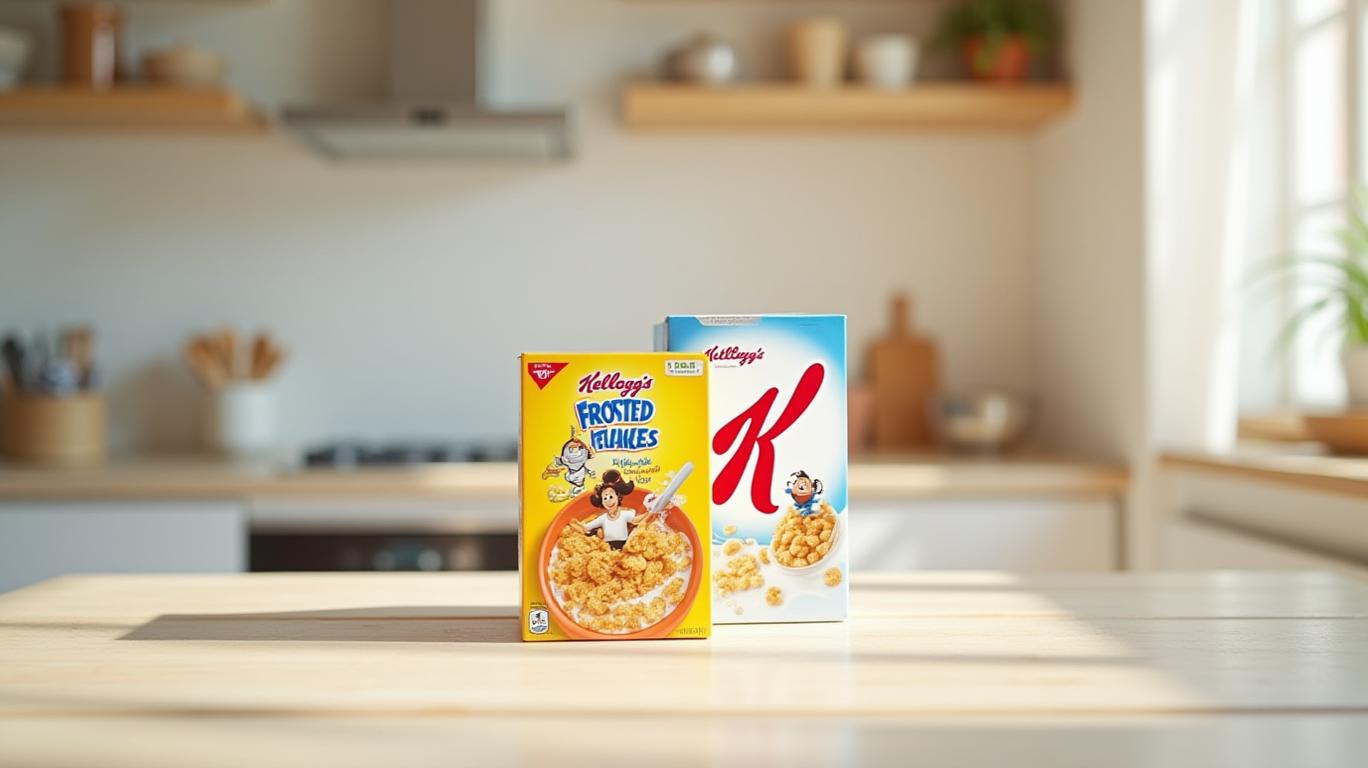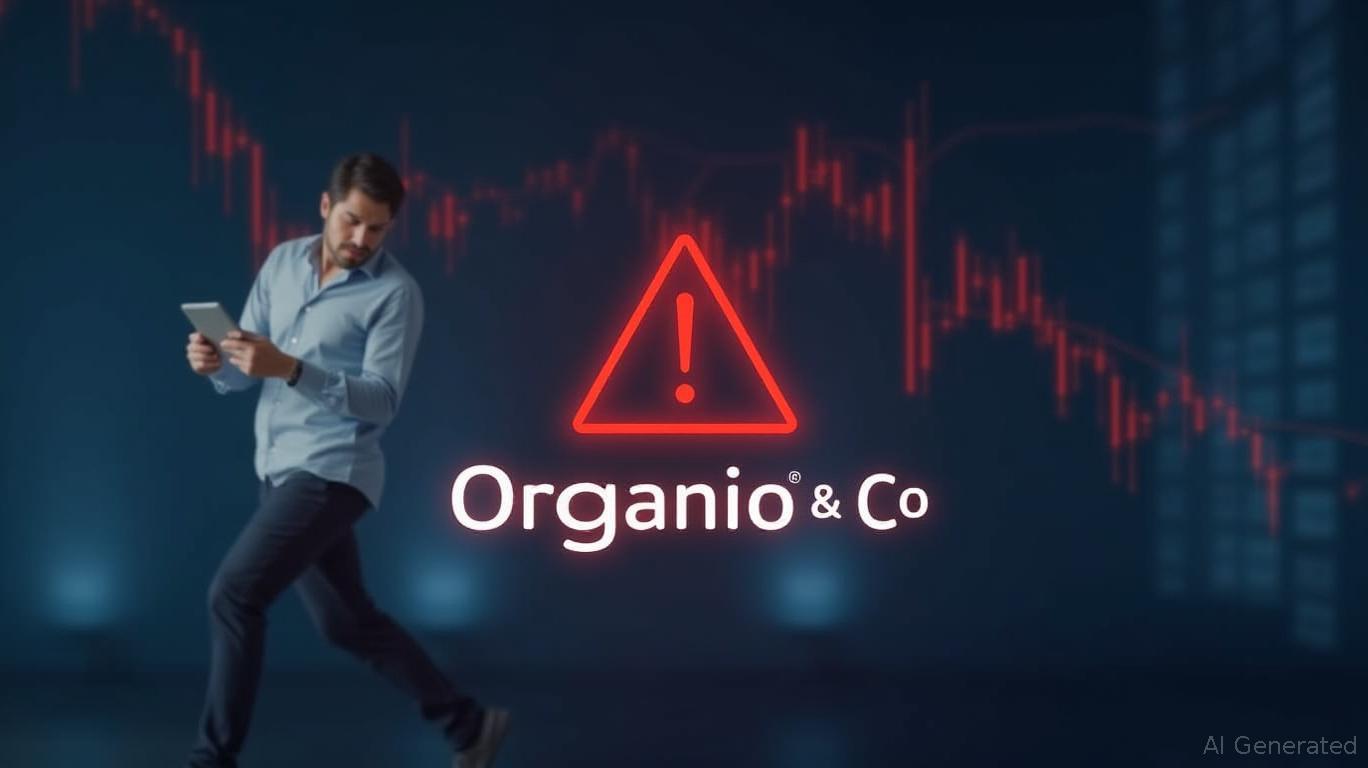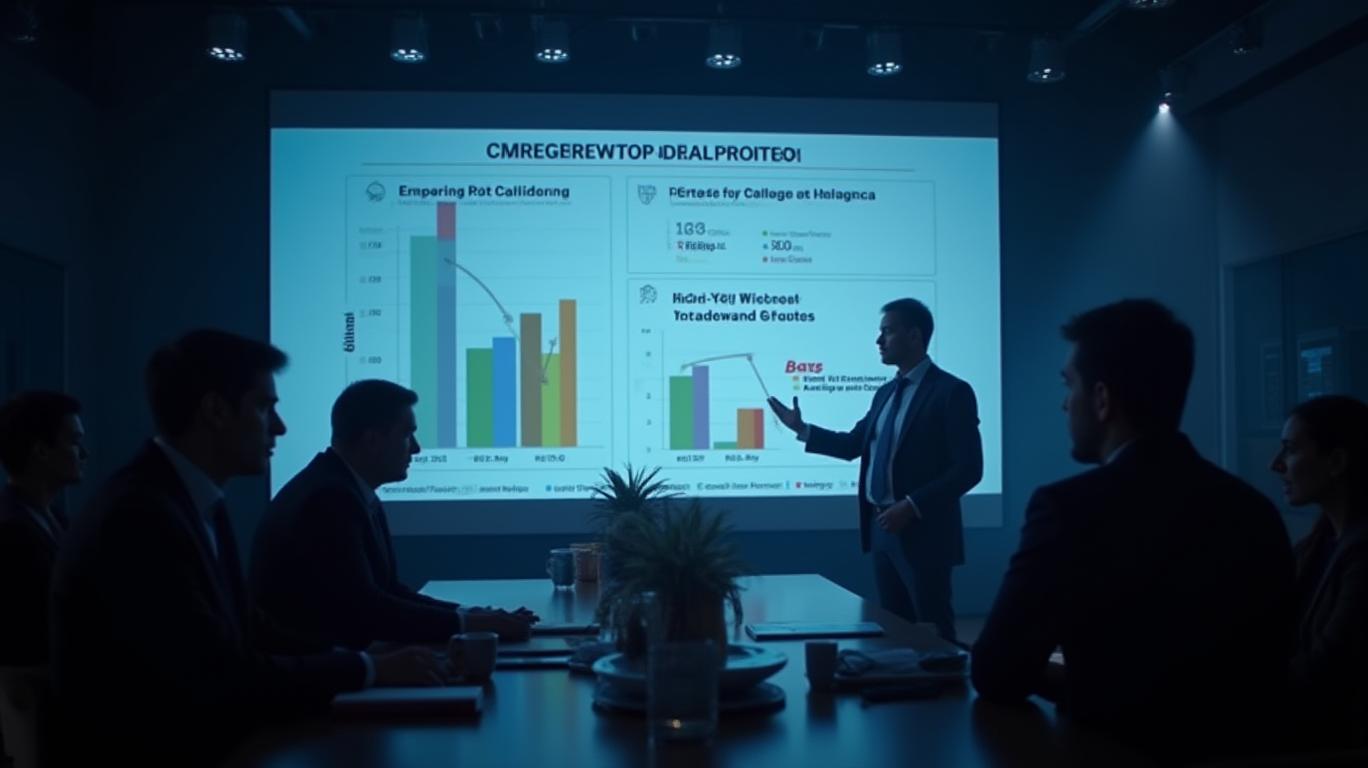WK Kellogg Faces Stiff Headwinds as Q1 Sales Plunge and Outlook Cuts Signal Ongoing Challenges
WK Kellogg’s first-quarter 2025 earnings underscored the deepening challenges facing the cereal giant, with organic net sales plummeting 5.6% to $667 million and the company slashing its full-year sales outlook. The results, paired with a 6% premarket stock drop, reveal a business grappling with eroding market share, weaker demand, and strategic execution risks that could prolong its struggles.
Ask Aime: Why is Toast experiencing a significant drop in stock value after announcing a decline in Q1 earnings?

Q1 Results Highlight Structural Weaknesses
The sales decline was driven by an 8.6% collapse in volume—partially offset by a 3% pricing/mix improvement—marking the sharpest sales drop in recent memory. Management attributed the volume slump to weakening consumer demand and “retailer inventory adjustments,” particularly in the U.S. and Canada.
Ask Aime: What's driving WK Kellogg's sales slump?
- U.S. Market: Sales fell 4.5%, with category share dropping 100 basis points to 25.4%.
- Canadian Market: Sales plunged 5.5%, and share fell 160 basis points to 37.6%.
These declines signal a broader shift in consumer preferences, as competitors and health-focused alternatives siphon market share.
Revised Outlook Deepens Concerns
The company slashed its full-year sales guidance, now projecting a 2%-3% decline—versus its prior expectation of a 1% drop. This stark revision reflects deteriorating trends beyond Q1:
- Adjusted EBITDA: Slashed to a flat-to-2% decline, down sharply from the earlier 4%-6% growth forecast.
- Margin Resilience: The adjusted EBITDA margin rose to 10.8% (up 20 basis points) due to cost controls, but cash flow worsened, with free cash flow hitting -$62 million amid $60 million in supply chain investments.
Strategic Initiatives vs. Near-Term Realities
Management emphasized its long-term “SPOONS” framework (simpler ingredients, protein, nutrients, reduced sugar) and supply chain upgrades as growth levers. CEO Gary Pilnick highlighted goals like a 500 basis point margin improvement by 2026. However, these initiatives face hurdles:
- Execution Timeline: Modernizing supply chains and IT systems (costing $60M in Q1 alone) may take years to yield results.
- Market Share Losses: Competitors’ moves into health-oriented cereals and snacks are accelerating, squeezing WK Kellogg’s core portfolio.
Investor Sentiment: Skepticism Ahead
The stock’s 6% premarket drop to $16.31 underscores investor doubts about management’s ability to reverse the sales slump. Key risks include:
- Debt Pressure: Net debt rose to $570 million, up from $495 million at year-end, raising questions about financial flexibility.
- Category Decline: Cereal consumption is broadly contracting, with health trends favoring oat-based alternatives and snacks.
Conclusion: A Mixed Picture with Bearish Tendencies
While WK Kellogg’s margin improvements and strategic investments offer long-term hope, the near-term outlook remains fraught with challenges. The 5.6% sales drop and 2%-3% full-year decline reflect a business losing its grip on consumers and markets.
- Bull Case: Success in health-focused product launches (e.g., Special K’s expansion) and supply chain efficiencies could stabilize margins and cash flow.
- Bear Case: Share losses and weak demand could persist, especially if competitors outpace WK Kellogg’s innovation.
The stock’s current valuation—trading at ~6x forward EBITDA—may reflect this pessimism. However, until the company demonstrates consistent sales stabilization or share recovery, investors should remain cautious. For now, WK Kellogg’s struggles highlight the perils of relying on a shrinking category—and the difficulty of turning around a legacy brand in a fast-changing food landscape.



_23f7f7eb1749627884277.png)






